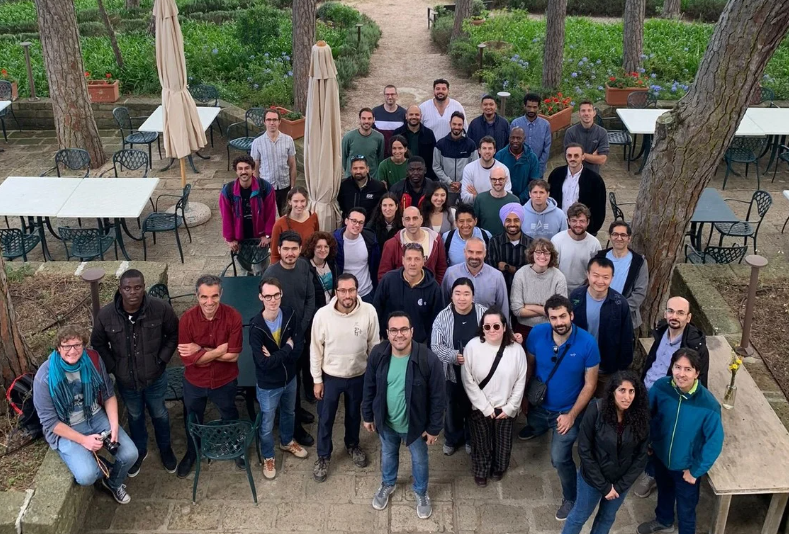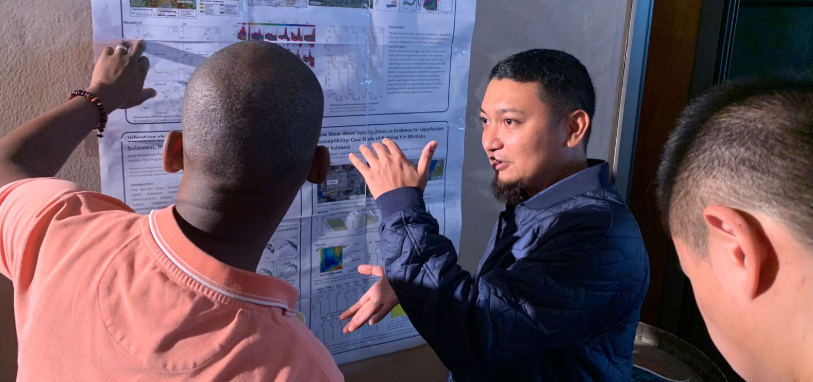UNHAS Lecturer Participates in Computational Earth Workshop in Italy
Andi Muhamad Pramatadie, Ph.D, a faculty member at the Department of Geophysics, Faculty of Mathematics and Natural Sciences (MIPA), Hasanuddin University (UNHAS), participated in the international workshop “Computational Earth: Integrating Geology, Seismic Tomography, and Machine Learning” held on Elba Island, Province of Livorno, Italy, from 13–15 October 2025. The event gathered around 50 participants, including seismologists, geophysicists, geologists, and computer scientists from various countries around the world.
The workshop was organized under the framework of the Multidisciplinary and IntegR-ated Approach for geothermal exploration (MIGRATE) project, supported by the Swiss National Science Foundation and hosted by the University of Geneva’s Crustal Deformation and Fluid Flow Research Group. The theme of the workshop focused on integrating passive seismic methods, seismic tomography, and machine learning for studying geothermal and crustal systems.
The program consisted of morning oral and poster presentation sessions and afternoon hands-on workshops. Morning sessions featured talks on several topics such as imaging geothermal and crustal structures through ambient noise tomography, monitoring subsurface velocity changes, and introducing generative models (a machine learning method). Meanwhile, the afternoon sessions engaged participants in practical training on manual and automatic dispersion-curve picking using convolutional neural networks, depth inversion from group velocity maps, body wave extraction from seismic ambient noise, and simulation-based inference for geophysical inversion tasks.
During the workshop, Dr. Pramatadie had the opportunity to study advanced topics in seismology, particularly in ambient noise (microtremor) data processing, and to build research networks with colleagues from different countries. He also shared recent findings from the Solid Geophysics Laboratory through a poster presentation, highlighting the application of surface wave methods in assessing velocity changes of pre- and post-liquefaction areas in Palu, Central Sulawesi, and identifying low S-wave velocity layers in Mamuju City, West Sulawesi.


